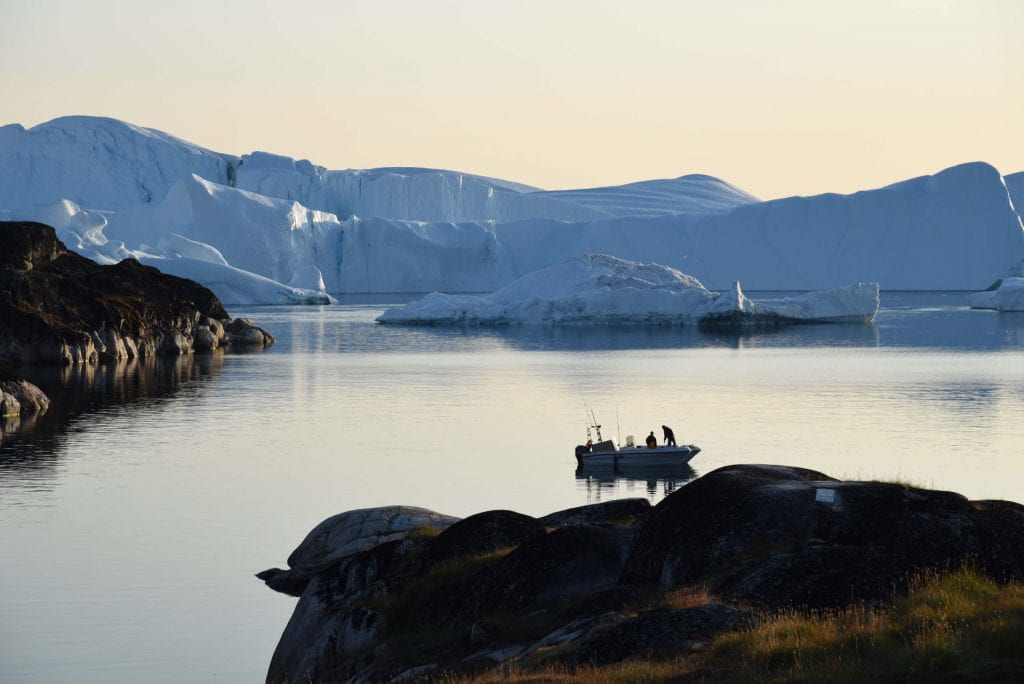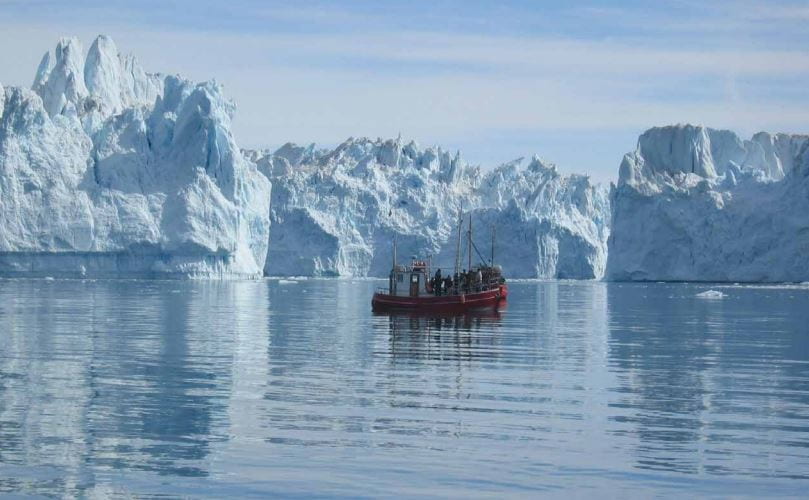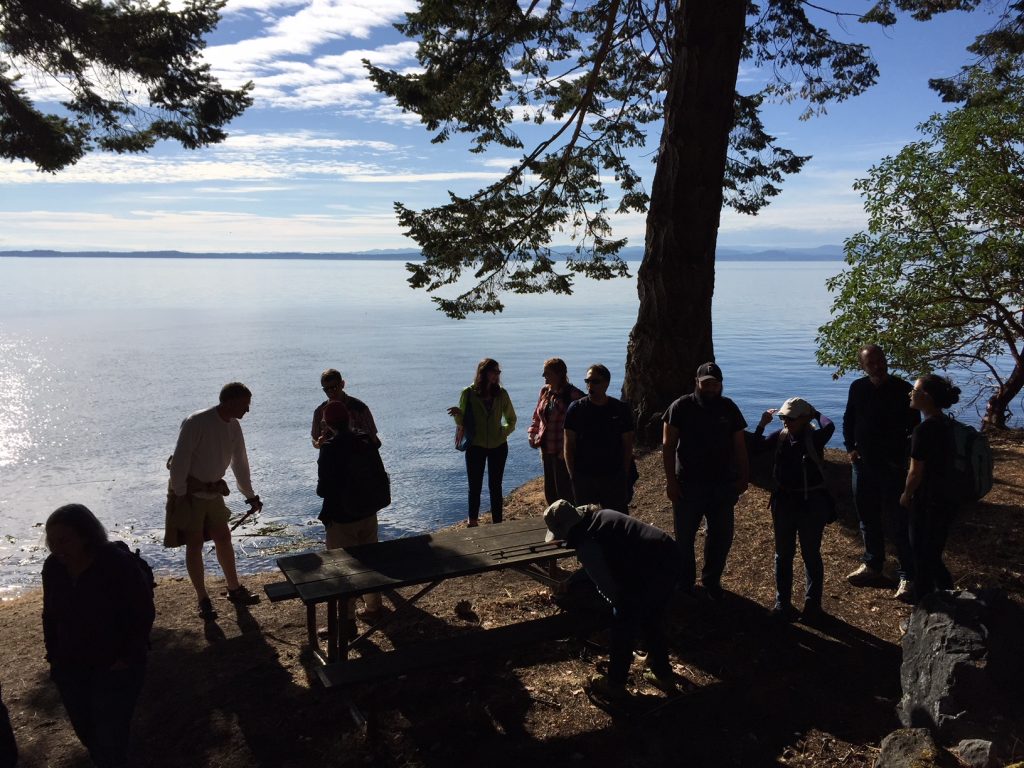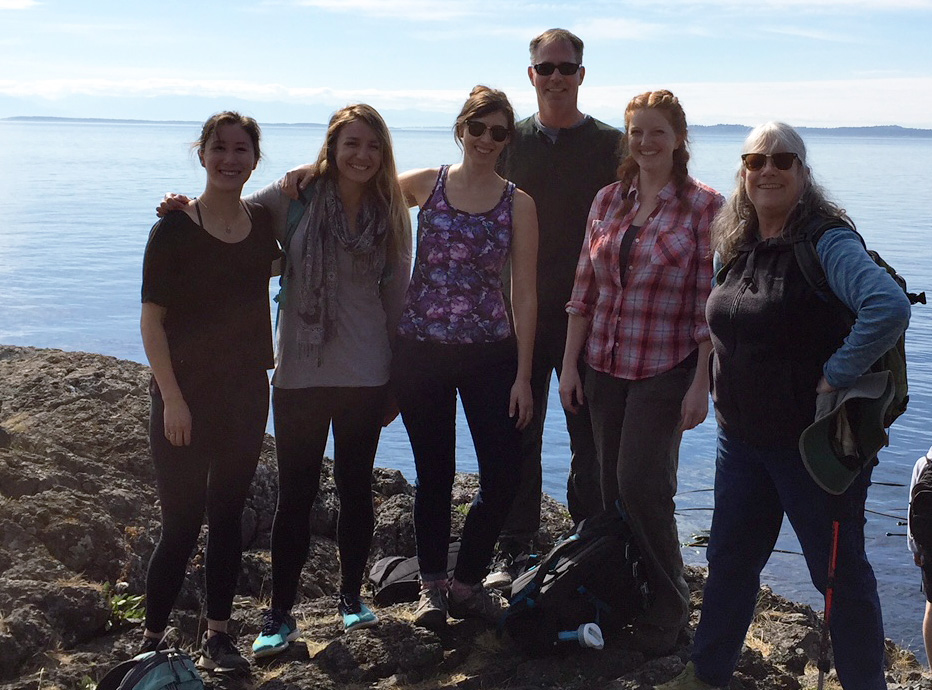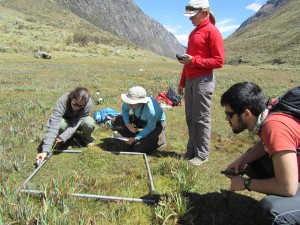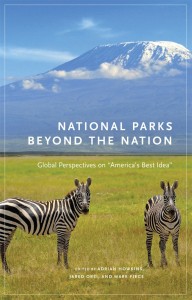Thanks to a new $156,226 grant from the University of Oregon that Dave Sutherland (Earth Sciences, Environmental Studies) and Mark Carey (Environmental Studies, Honors College) have received from the Resilience Initiative Seed Funding Program, Office of the Vice President of Research and Innovation, they are able to fund a new postdoctoral fellowship as part of their collaborative, interdisciplinary research project on “Resilience, ice and society: Probing the timescales of human interactions with cryospheric change.”
Postdoc Description. This University of Oregon funded project aims to explore glacier fluctuations from both a physical science perspective and societal lens. What is the impact of cryospheric change and ice loss on local communities in the Pacific Northwest and Alaska region? How do we reconcile the long-term trends in glacier change with observed short-term variations, and how do the short-term changes affect various social groups differently? To make progress on these questions, this project will develop a more nuanced, time-focused approach to glacier change, examining the impacts of ice change on various marine and land-based ecosystems, as well as analyze how different human communities and individuals are affected by the timing of specific changes in socio-cryospheric systems across the greater Northwest region. The project is jointly led by a physical scientist (Dave Sutherland) and social scientist (Mark Carey), who will both co-mentor the postdoctoral fellow for this integrated, interdisciplinary research.
Position details. This is a two-year position to begin as early as Summer 2020. The salary is $50,004 per year (plus benefits, such as health insurance), with an additional $2,000 per year in research funds provided.
Review of applications will begin on February 17, 2020.
Click here for application instructions and the full position advertisement.
